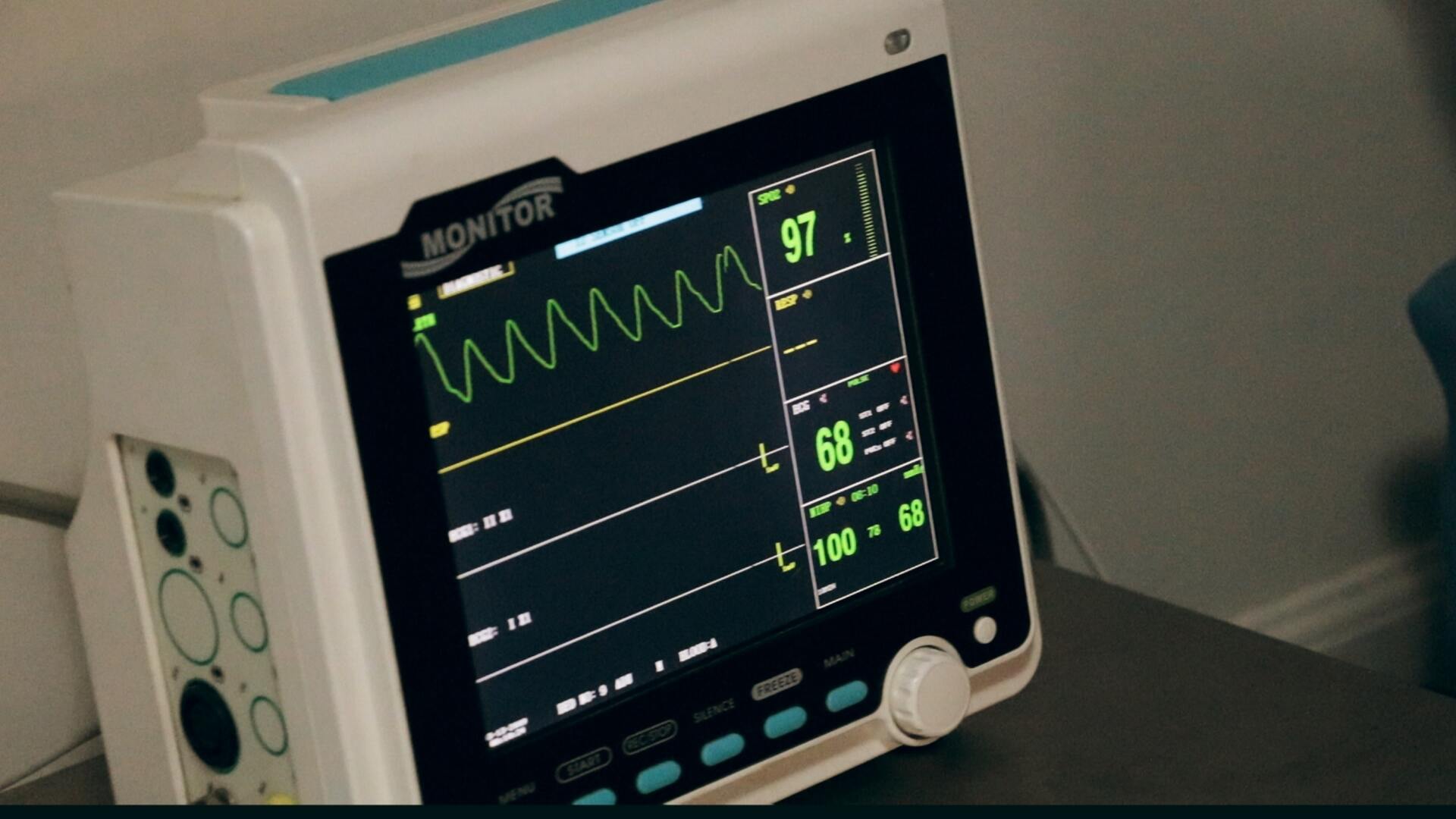FDA 510(k) Clears the First ENFit Over-the-Counter Syringe
FDA supports Rx to OTC change for ENfit syringes
The Global Enteral Device Supplier Association (GEDSA) is a non-profit trade association formed to establish a voice for addressing issues that face enteral device manufacturers, suppliers, and distributors, and to help introduce international standards for healthcare tubing connectors. Comprised of manufacturers, distributors, and suppliers worldwide, GEDSA facilitates information flow about the initiative, which is designed to increase patient safety and optimal delivery of enteral feeding by reducing the risk of tubing misconnections.
GEDSA members have been actively pursuing the introduction of enteral access and delivery devices that utilize ISO 80369-3 compliant connectors commonly known as ENFit®[1]. Adoption in the United States has been slow for a number of reasons, but one, in particular, is the availability and accessibility of adequate supply of ENFit® Syringes for use outside of clinical settings by enteral feeding tube patients for feeding, hydration, and medication delivery. One of the main challenges with accessing ENFit® Syringes is their Prescription Only (Rx) designation. Unlike some historical enteral syringes that are available OTC, ENFit® Syringes require a physician’s prescription; making nutrition, hydration and medication intake a challenge for patients that live every day with an ENFit® feeding tube.
In 2017, the FDA informed enteral device manufacturers that they were open to reviewing Rx to OTC designation changes of currently 510(k)-cleared prescription-only ENFit® Syringes. For enteral device manufacturers to do this, their new FDA 510(k) submission for a designation change from Rx to OTC would have to include objective evidence obtained from controlled human factors studies with the appropriate user groups demonstrating that the instructions for using the ENFit® Syringe can be successfully followed by a patient or caregiver without the aid of clinician (21 CFR 801.5) to aid the FDA in determining substantial equivalence.
In support of this initiative, GEDSA members agreed to collaborate on the development and human factors testing of a common set of user instructions for ENFit® Syringes of varying sizes and to validate use among patients and caregivers without the supervision of a physician or pharmacist.
Study Goals for Medical Device Usability Testing
The goals of this medical device usability study were to provide objective evidence that the instructions supplied with an ENFit® Syringe can be followed by patients and caregivers in non-clinical settings without the aid of a clinician and result in the safe and effective use of the device.
Methodology for Usability Testing
RFPs went out to a number of third-party usability research firms. UX Firm was selected as the vendor. The plan called for two formative evaluations, with refinements made to the instructions after each evaluation. The summary of the results of the first and second formative studies, as well as the summative study protocol, were submitted to the FDA under the Q-Sub process for review and feedback. Feedback received from the FDA was incorporated into the test plan for the summative human factors evaluation.
The timeline for the planning, preparation, usability testing, and reporting of all three phases of research took place over the course of 18 months. Testing took place in several cities, sometimes in conjunction with industry conferences where patients and caregivers were more readily available as participants.
UX Firm planned, coordinated and conducted all three usability studies as well as drafted all associated protocols and reports.
UX Firm also engaged in regular conference calls with the GEDSA project team comprised of member representatives from several different enteral device manufacturers. UX Firm also participated in several conference calls with the FDA during the execution of this project.
Outcomes of Usability Testing
The summative human factors evaluation validated the written instruction for the ENFit® Syringes to ensure safe and effective use of the
device by lay users in the home environment.
Following the completion of testing, one of GEDSA’s member companies, which led the effort, submitted its 510(k) premarket submission to the FDA in late 2018 and received FDA clearance in early 2019 for OTC use of their ENFit® Syringes. Other companies within GEDSA will follow.
Client Response about UX Firm's Usability Testing
Here's what the client had to say:
“GEDSA selected UX Firm in a competitive bid situation to coordinate and conduct human factors formative and summative evaluations as a collaborative effort on behalf of GEDSA members. The studies assessed the use instructions for how to properly fill, verify the dose, and administer the contents of an ENFit® Syringe. We couldn’t be happier with our choice of UX Firm for this project. Their ability to coordinate with multiple medical device manufacturers on one project while providing a high level of human factors knowledge was beyond our expectations.”
Mike Cusack
GEDSA, Executive Director
Looking for more success stories from UX Firm's engagement with medical device manufacturers seeking FDA 510(k) clearance? Check out our
medical device usability testing page.
[1] ENFit® is a registered trademark owned by GEDSA and used with their permission
Want more practical insights? Check out these blogs.

Carol Barnum
Carol brings her academic background and years of teaching and research to her work with clients to deliver the best research approaches that have proven to produce practical solutions. Carol’s many publications (6 books and more than 50 articles) have made a substantial contribution to the body of knowledge in the UX field. The 2nd edition of her award-winning handbook Usability Testing Essentials is now available.




